

When You Change the World and No One Notices — Collaborative Fund. Do you know what’s happening in this picture?
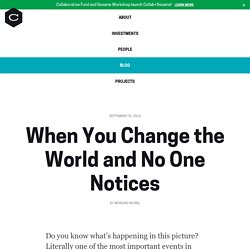
Literally one of the most important events in human history. But here’s the most amazing part of the story: Hardly anyone paid attention at the time. Wilbur and Orville Wright conquered flight on December 17th, 1903. Few inventions were as transformational over the next century. It took four days to travel from New York to Los Angeles in 1900, by train. Unlike, say, mapping the genome, a lay person could instantly grasp the marvel of human flight. But days, months, even years after the Wright’s first flight, hardly anyone noticed. Here’s the front page of The New York Times the day after the first flight. Two days after. Three days later, when the Wrights were on their fourth flight, one of which lasted nearly a minute.
Dat Ventures. Updated: The Best Of The Rest: MBA Startups That Just Missed The Top 100 - Page 2 of 3. Newly Updated: The Top 100 MBA Startups Of 2015 - Page 3 of 6. Naming_Domain. Why We Don’t Negotiate Salary and Neither Should You. EmailEmail I’m Bhavin Parikh, the CEO of Magoosh, and I don’t negotiate salaries.
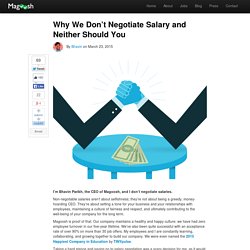
What Founders Should Know Before They Raise VC and Why We Chose Not To. EmailEmail It’s an exciting time for startups and aspiring business founders.
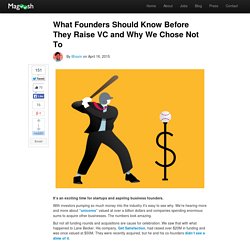
With investors pumping so much money into the industry it’s easy to see why. We’re hearing more and more about “unicorns” valued at over a billion dollars and companies spending enormous sums to acquire other businesses. The numbers look amazing. But not all funding rounds and acquisitions are cause for celebration. Although not every deal ends like this one, it should act as a cautionary tale for founders to remind them that raising lots of money doesn’t necessarily mean there will be a big payoff. Fundraising at Magoosh At Magoosh, we raised a seed round of funding in 2011 (and some more in 2012), ~$750K total.
Some might call us a lifestyle business, though our early investors should hopefully see a >10x return on their investment. At some point, we may choose to raise a larger round of funding. Pitch Perfect - Keep it Simple, Stupid. After talking about how to get ready to start raising money for your startup, and the importance of story telling and the demo, now its time to wrap that into the big scary pitch deck.

Before you start to build your deck, ask yourself (and be honest): Are you a successful sales person? Do you rely on your words? If so, then make the deck support those words. Are you less sure of yourself? Then make the deck tell the story. Chamath Palihapitiya - how we put Facebook on the path to 1 billion users. Zero to Product/Market Fit (Presentation) LARGE x RARE == DIFFERENT: Why scaling companies is harder than it looks by. Something interesting happens when you run more than 1,000 servers, as we do at WP Engine.
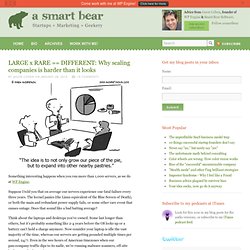
Suppose I told you that on average our servers experience one fatal failure every three years. The kernel panics (the Linux equivalent of the Blue Screen of Death), or both the main and redundant power supply fails, or some other rare event that causes outage. Does that sound like a bad batting average? How To Interview Your Users And Get Useful Feedback.
Azerbaijan. Competitions. Startup Library. Technology Trends: Why do I always feel like I’m too late for all the startup trends, how can I be at the front of the trends, executing. How To Get Your First 1,000 Users. Vinicius Vacanti is co-founder and CEO of Yipit.

Next posts on how to acquire users for free and how to raise a Series A. Don’t miss them by subscribing via email or via twitter. The good news is that it’s easier than you think to get 1,000 people to try your site. The bad news is that it’s really hard to get those people to turn into users, users that create an account, users that come back repeatedly and users that tell their friends about your site. Is Your Social Venture Really Worth Scaling? - Paul Bloom. By Paul Bloom | 9:17 AM August 13, 2012 Although scaling is the holy grail for most social entrepreneurs, not everyone should attempt it.
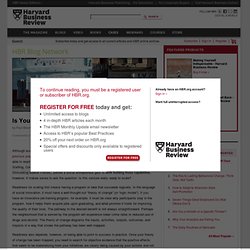
In a previous post, I outlined the key capabilities I’ve found to be present in the social ventures that are able to reach sizeable impact (which can be remembered with the acronym SCALERS—they are Staffing, Communicating, Alliance-Building, Lobbying, Earnings-Generation, Replicating, and Stimulating Market Forces). Before a social entrepreneur gets to work building those capabilities, however, it makes sense to ask the question: Is this venture really ready to scale? Readiness for scaling first means having a program or idea that succeeds logically.
In the language of social innovation, it must have a well-thought-out “theory of change” (or “logic model”). The 10 Mistakes I've made...so you don't have to.